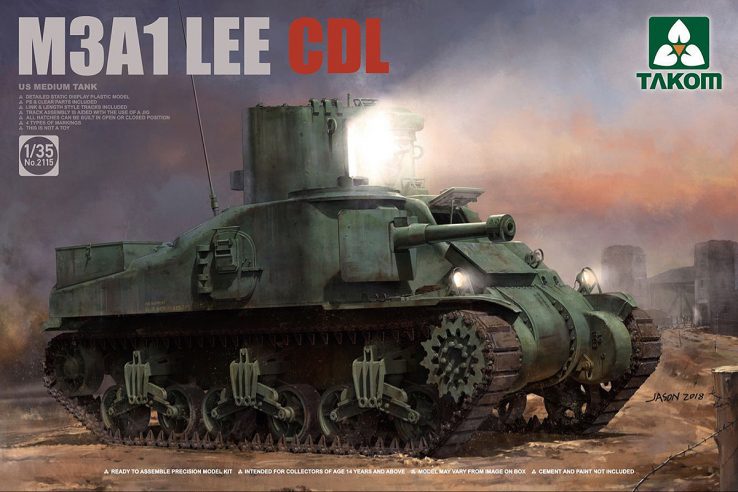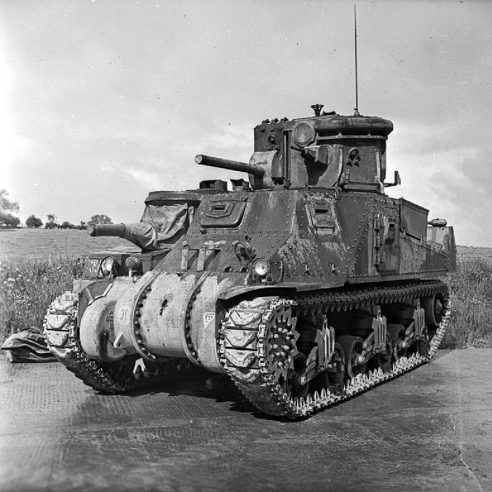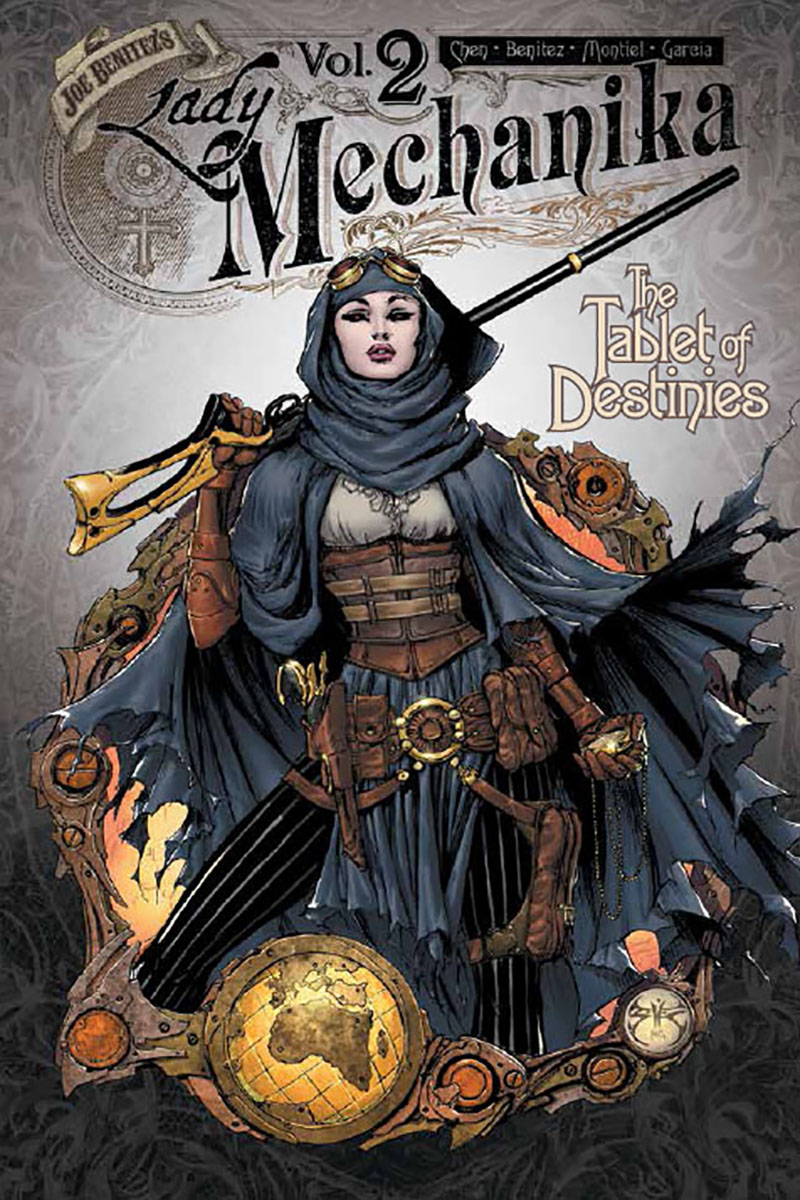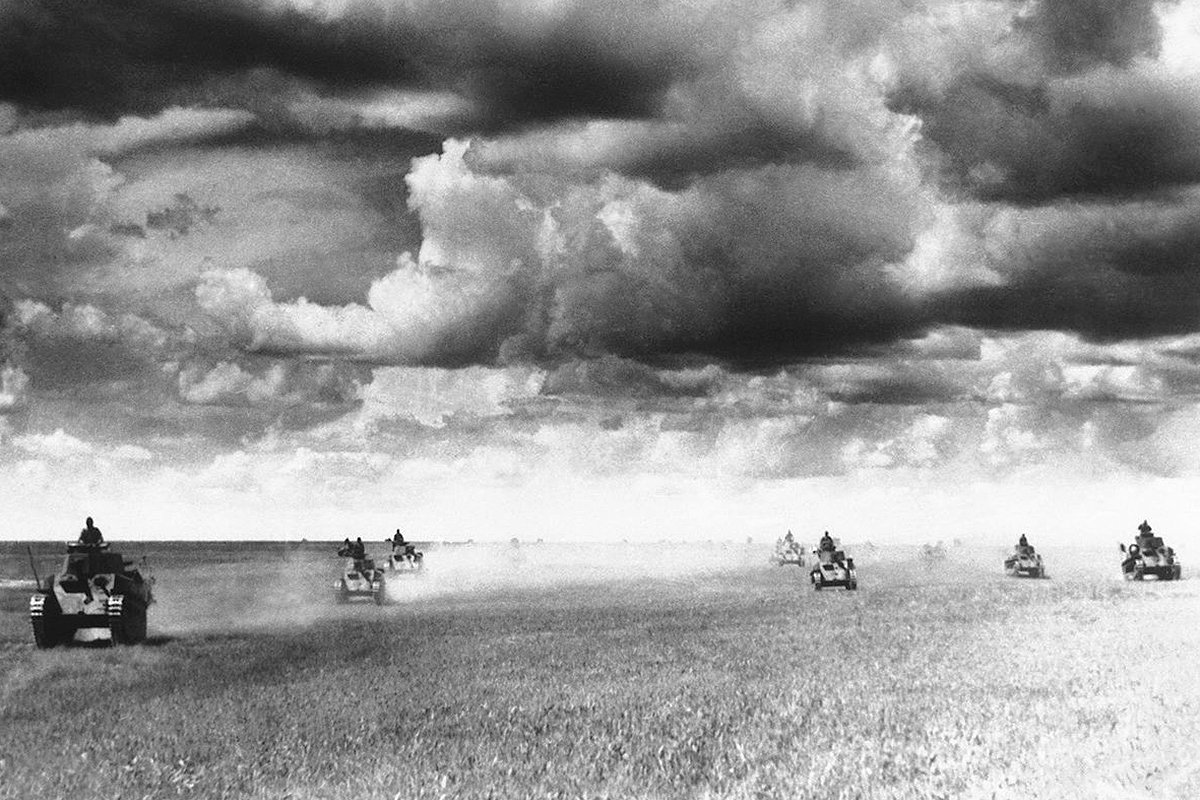From a narrow slit in the thick steel hide of the British tank a light burst out. The blinding 13-million candlepower light pierced the darkness when a moment later the solid beam of light changed on the command of “Scatter!”
Reaching into the inky night the shaft of light began to strobe. It dazzled and disoriented the enemy who unwisely tried to take aim at its brilliant flicking beam. With the adversary illuminated and confused, the tank rolled through the countryside ready to finish off their foe.
That scenario was what the inventors of the secret Canal Defense Light (CDL) imagined when they mounted the arc lamp to the interior of a Matilda tank in the summer of 1940.
Some 300 turrets were outfitted with the lamp unit that could illuminate 350 yards at a distance of three times that. The CDL-equipped tanks were to be used alongside other frontline tanks and infantry, either blinding targets or dazzling the enemy that attempted to engage the armored vehicle.
In a test of the CDL, a British tank left the beam constantly lit and flickering with different colored filters while zigzagging under fire and observation. When the tank stopped, watchers were asked to report what path the tank took. To a man, their conclusion was the same and wrong, a straight line.
It was believed that if the brilliant beam oscillated at the right frequency, it would overwhelm the eye of observers causing temporary blindness. This flickering also confused observers in estimating range or whether the tank was moving at all. The test proved it.
Shrouded in secrecy and considered so valuable, the CDL was held back by the British for an operation with the greatest impact. While set aside for North Africa but never used, CDL equipped tanks were never employed and when D-Day approached their secrecy worked against their proper use. So little known outside select British circles, the Allied planners did not wind CDL into their battle plans.
The United States was smitten by the CDL technology, mounting it on 355 otherwise obsolete tanks. And yet, its unique capabilities were used as nothing more than a high-powered spotlight during nighttime operations.
The CDL’s lone recorded use against German troops came when Allied forces crossed the Rhine. One evening as the river teamed with tanks, trucks and troops crossing over it, three German combat swimmers were caught in the blinding beam of a CDL tank. The intense light reportedly froze the swimmers, halting their attempt at sabotaging the Allied advance.







